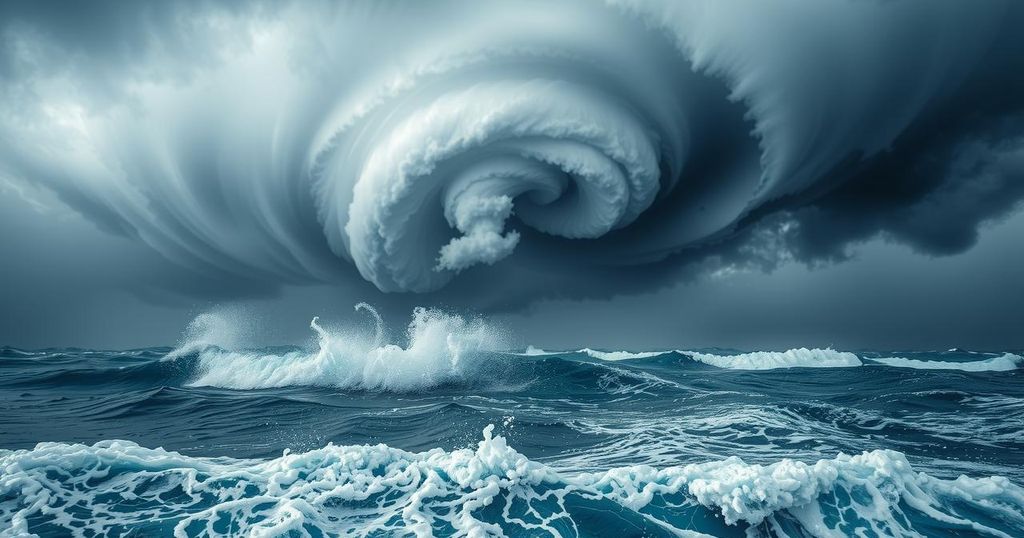Understanding the Strength of Severe Tropical Cyclone Zelia
Severe Tropical Cyclone Zelia has rapidly intensified from category 1 to category 5 in just over 24 hours, driven by exceptionally warm sea temperatures and limited movement due to competing atmospheric ridges. As it approaches the Pilbara coast, severe weather conditions including destructive winds and flooding rain are expected, prompting concerns for the region’s safety as it makes landfall.
Severe Tropical Cyclone Zelia is poised to impact the Pilbara coast of Western Australia with ferocious winds, torrential rain, and a hazardous storm surge as it makes landfall. The cyclone experienced a rapid intensification, escalating from category 1 to category 5 within just over 24 hours, raising questions about the mechanisms that facilitated such swift growth.
Several factors contributed to the rapid intensification of Zelia over the past few days. Critical to this process was Zelia’s access to exceptionally warm water along Western Australia’s north coast, with sea surface temperatures ranging between 30°C and 32°C. This warmth, significantly above the 26.5°C threshold for cyclone formation, has supplied ample energy for Zelia’s strengthening, sustaining its category 5 status as it nears land.
Moreover, Zelia’s limited movement over the last 48 hours played a significant role in its intensification. Two competing atmospheric ridges restricted the cyclone’s movement due to their opposing steering influences. This stalling allowed Zelia to remain in a conducive environment for intensification, soaring in strength rather than making a quicker approach to the coast, which could have resulted in a weaker impact.
As of Friday morning, Zelia commenced its south-southeast trajectory towards the Pilbara coast, with landfall anticipated in the afternoon or evening near Port Hedland. The cyclone is expected to bring hazardous conditions, including destructive winds gusting up to 190 km/h, heavy rain that may induce flooding, and a dangerous storm surge, posing substantial risks to the area. Although Zelia is expected to weaken rapidly after landfall, it will continue to deliver significant rainfall and damaging winds inland into Saturday morning.
The rapid intensification of Severe Tropical Cyclone Zelia is attributed to a combination of extremely warm sea surface temperatures and limited movement due to competing atmospheric ridges. As the cyclone approaches the Pilbara coast, it is predicted to unleash extreme weather conditions, including high winds and flooding. While it may weaken upon crossing the coast, the aftermath will still pose significant threats inland. Monitoring and preparedness in the impacted regions are crucial.
Original Source: www.weatherzone.com.au




Post Comment